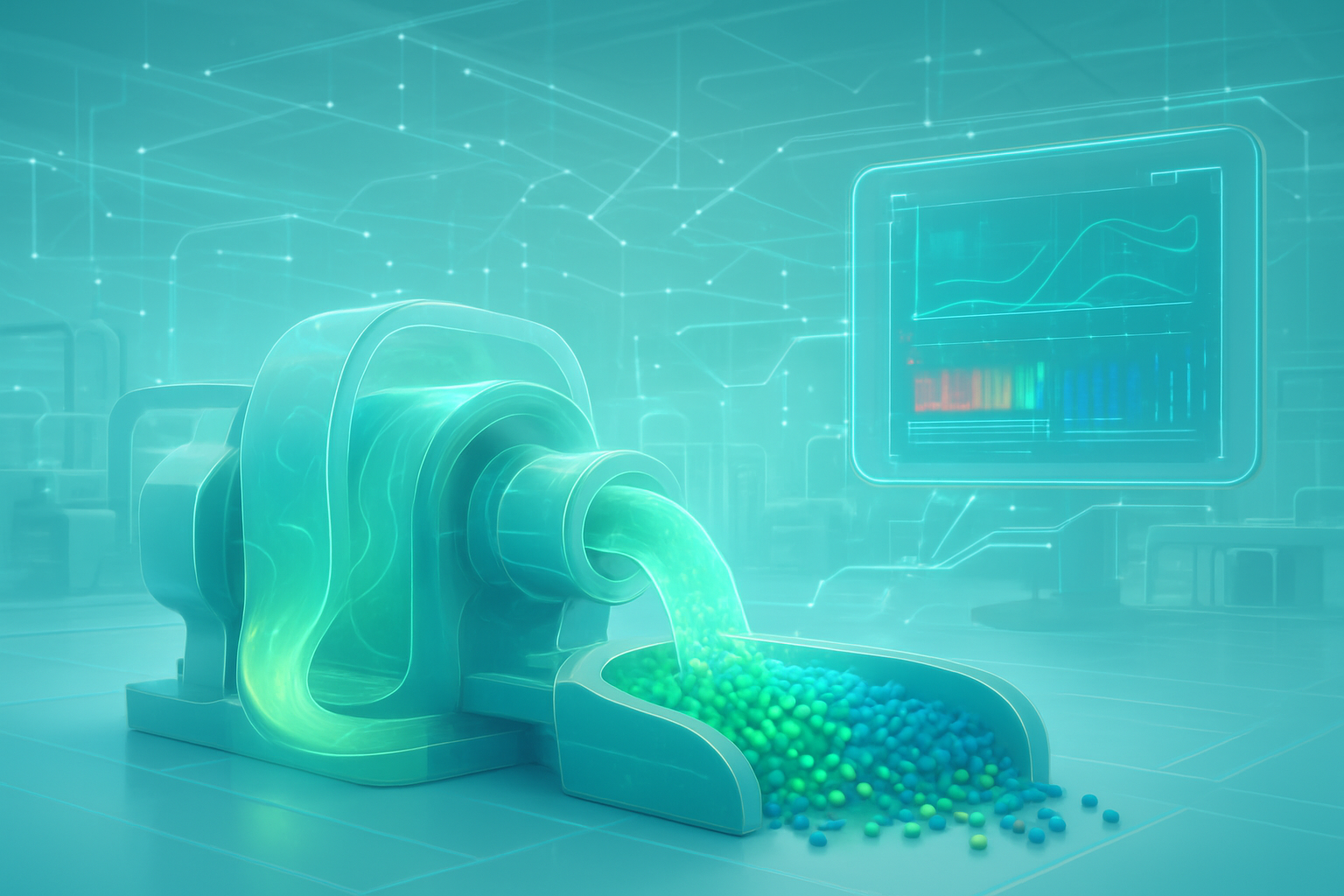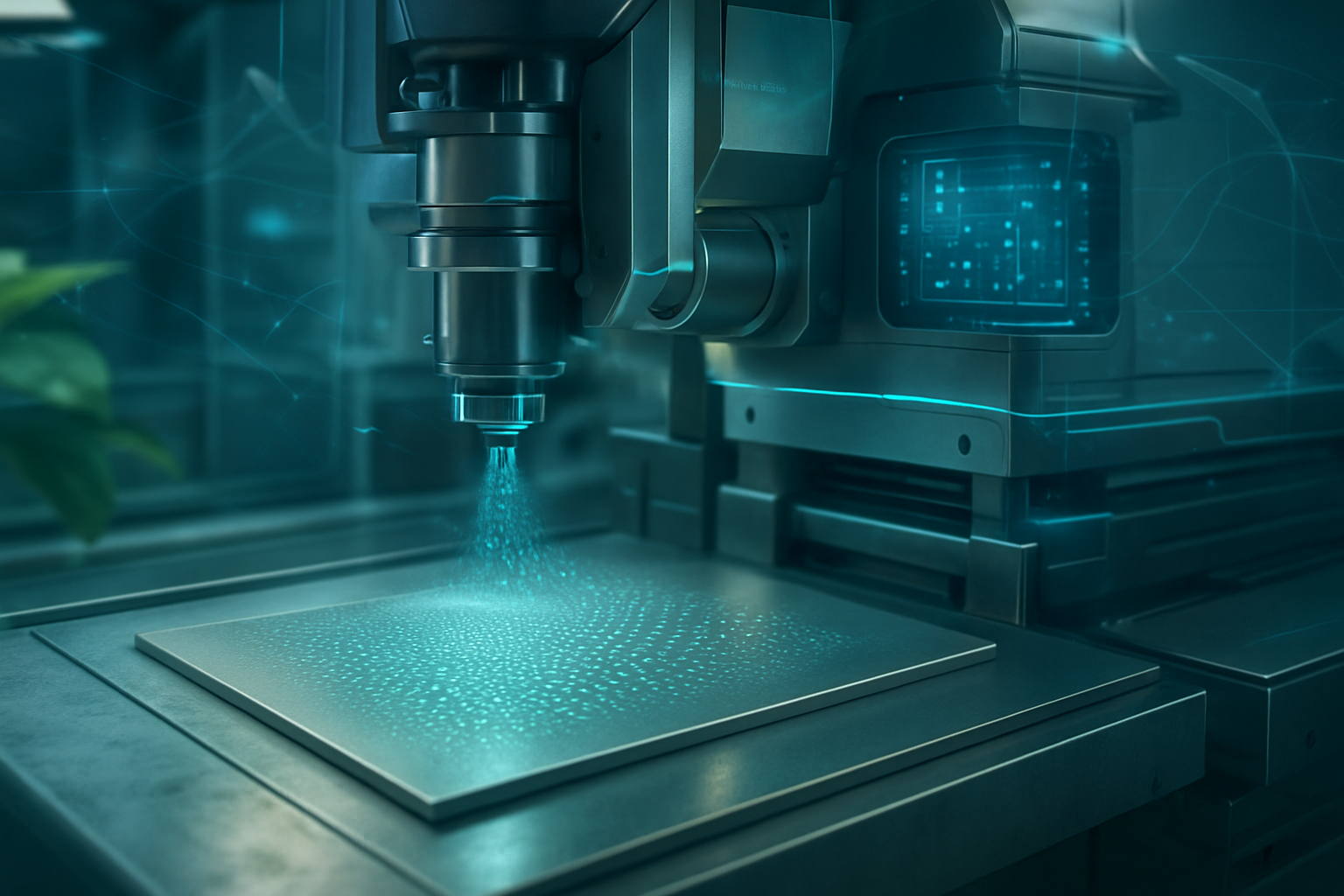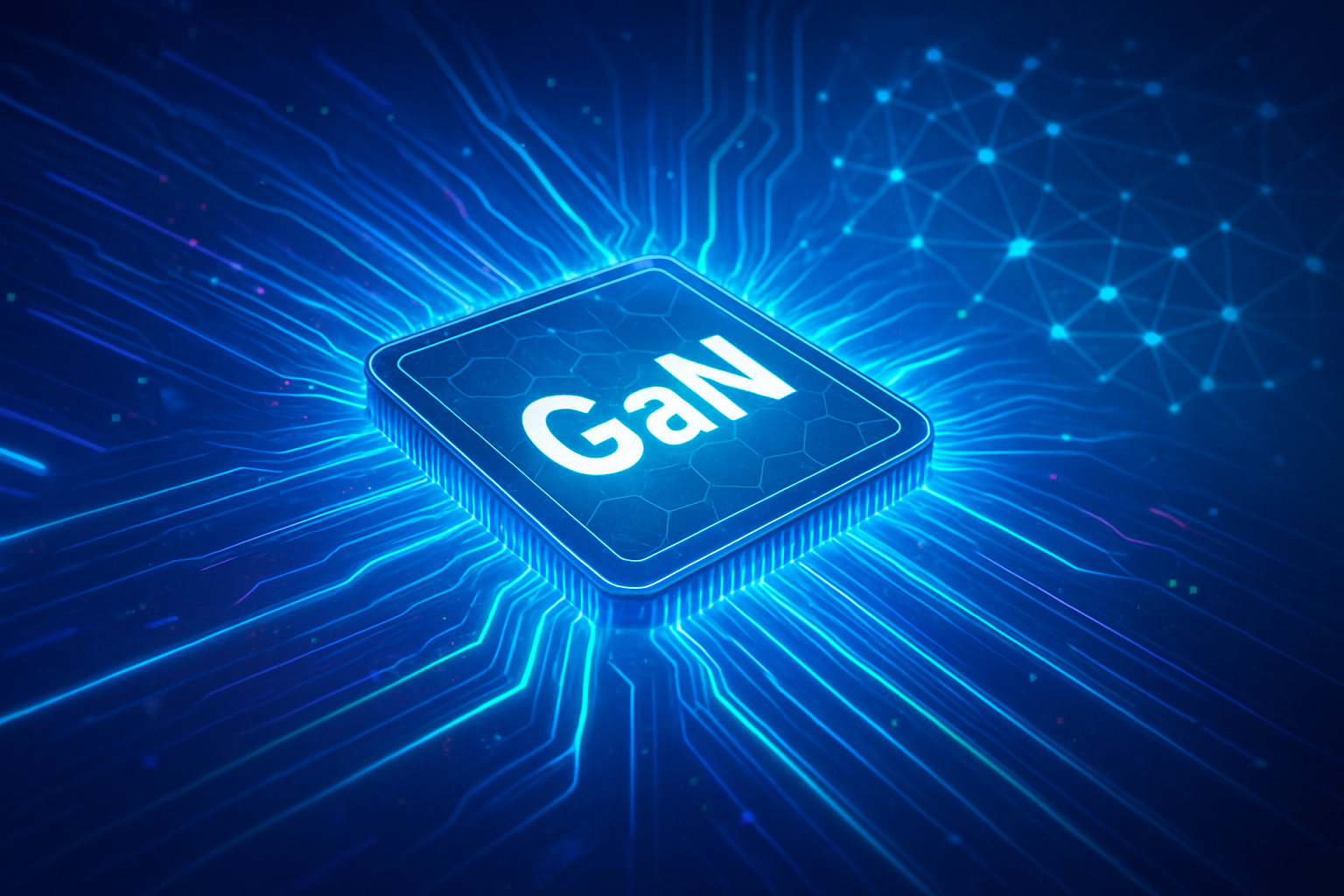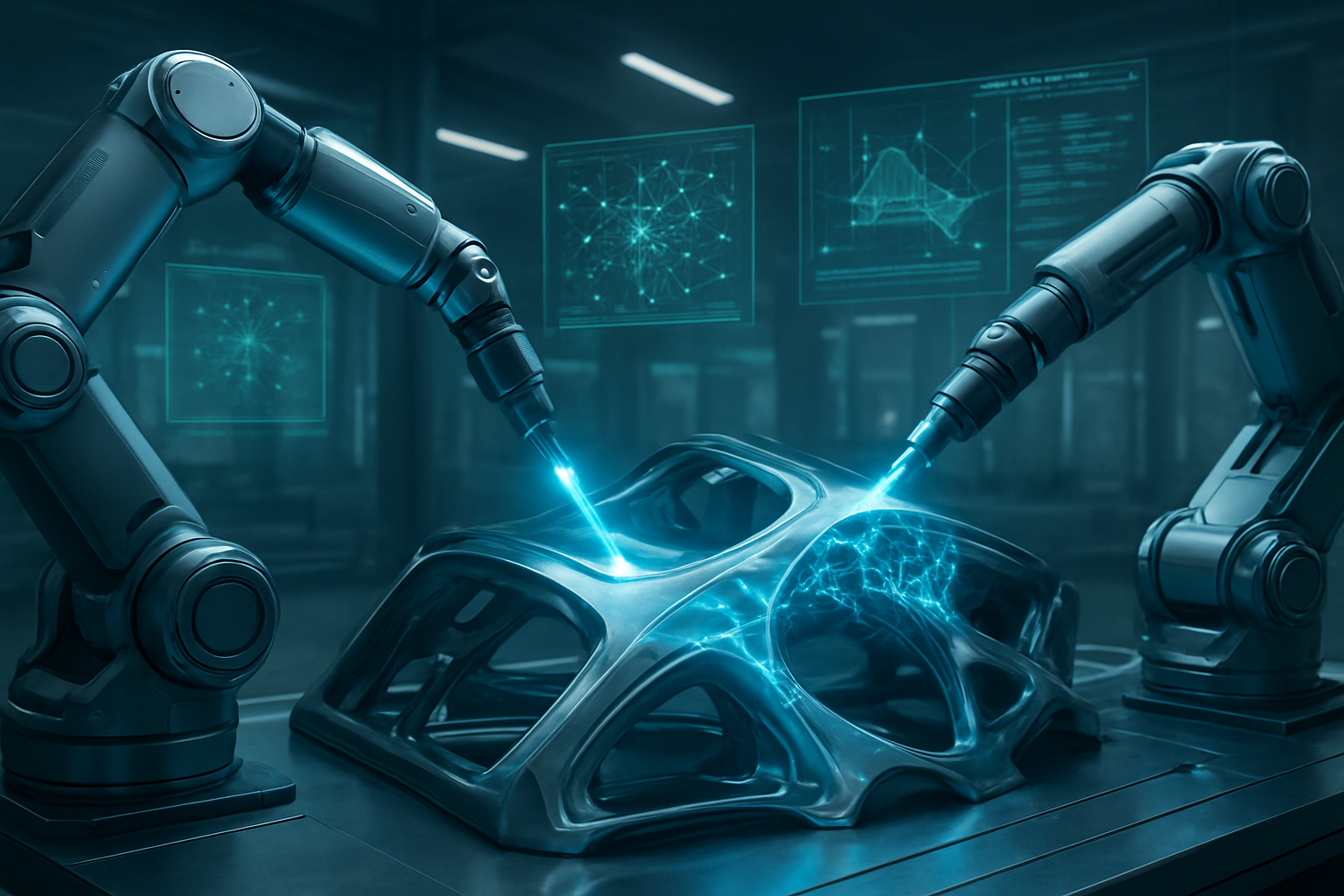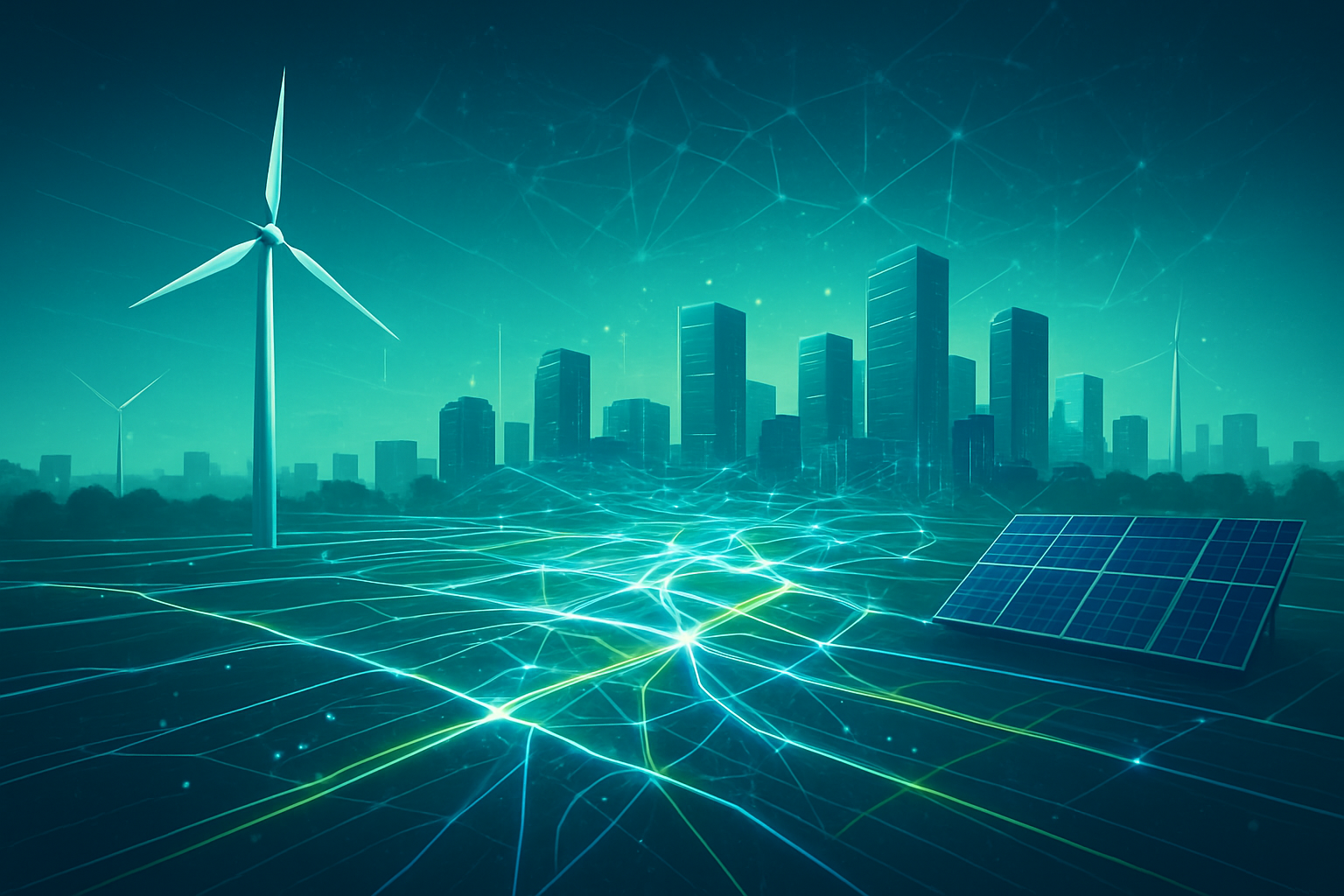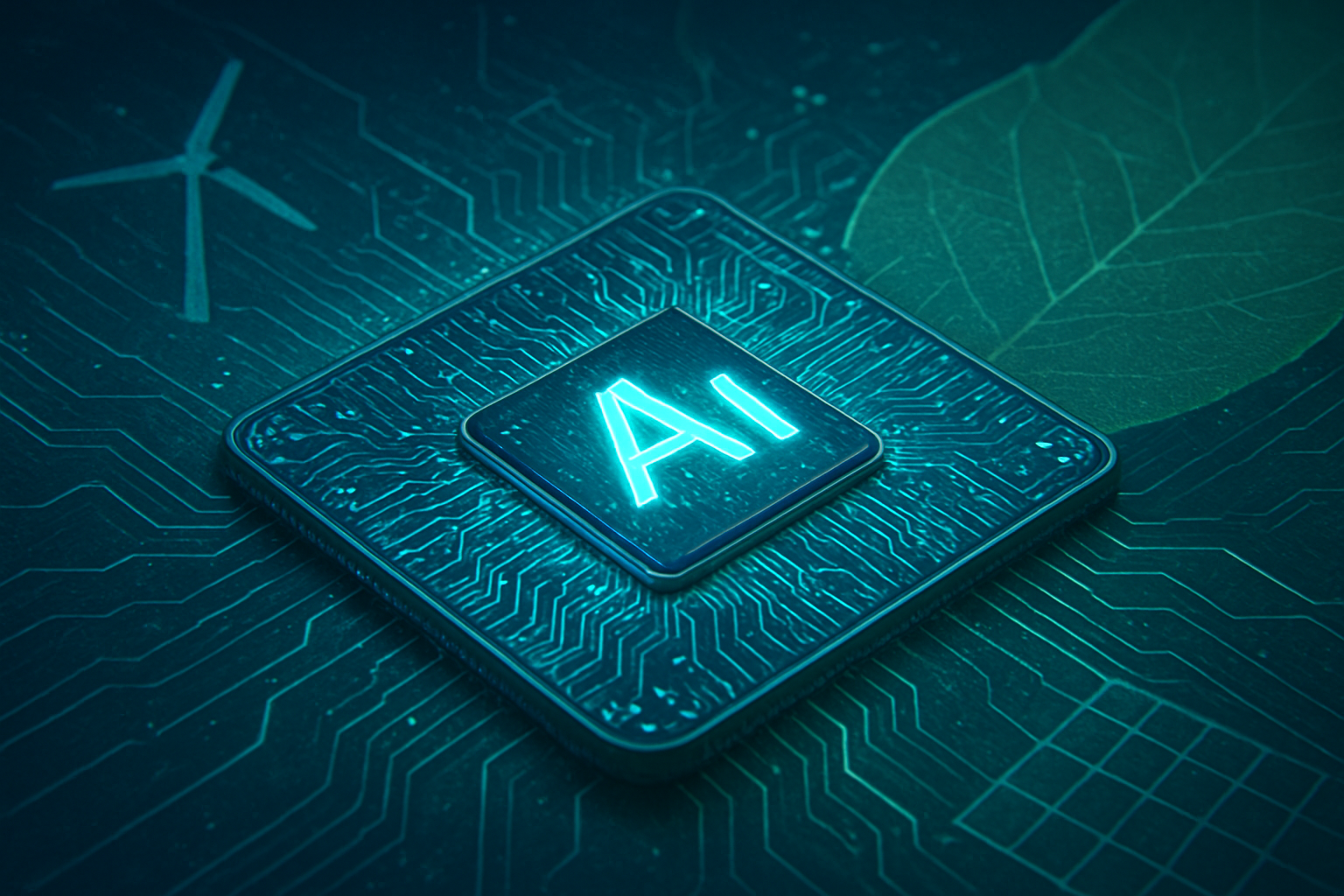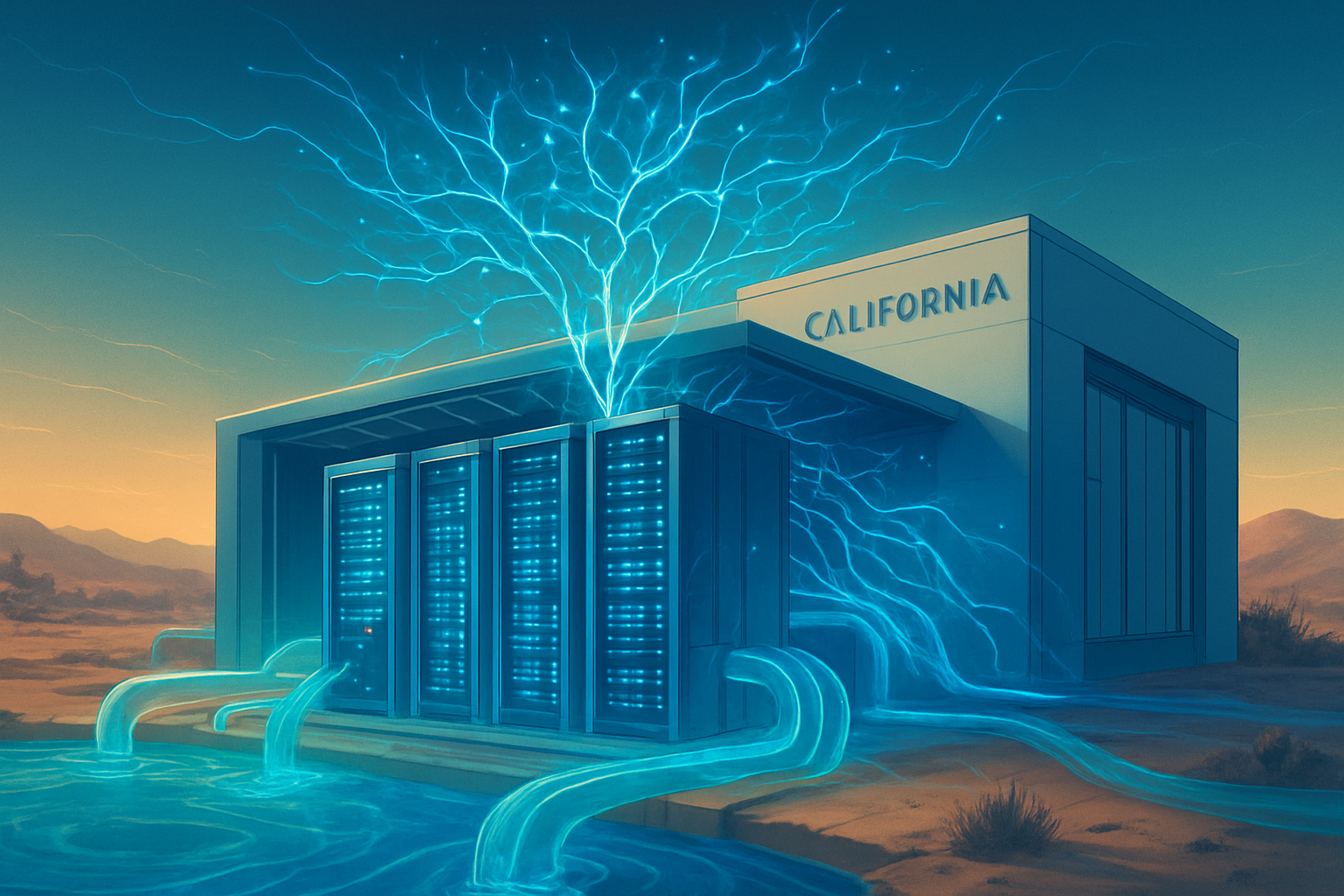Ansonia, CT – November 21, 2025 – Farrel Pomini, a global leader in continuous mixing technology, is setting a new benchmark for sustainability in manufacturing, driven by a steadfast commitment to continuous innovation. The company's multifaceted approach, unveiled through a series of strategic announcements and technological advancements leading up to and including K 2025, showcases its dedication to a circular economy. From groundbreaking sustainable compounding solutions for biopolymers and recycled plastics to the precision of real-time color control and the immersive power of Augmented Reality (AR) technology, Farrel Pomini is not just adapting to the future of manufacturing; it is actively shaping it.
This wave of innovation is poised to significantly impact the polymer processing industry, offering manufacturers more efficient, environmentally responsible, and technologically advanced solutions. By focusing on reducing energy consumption, optimizing material usage, and enhancing operational intelligence, Farrel Pomini is providing tangible pathways for its clients to achieve their own sustainability goals while maintaining product quality and operational excellence. The integration of advanced digital tools like AR further underscores a forward-thinking strategy that blends mechanical engineering prowess with cutting-edge digital transformation.
Technical Prowess: Revolutionizing Compounding, Color, and Visualization
Farrel Pomini's recent advancements demonstrate a deep technical understanding and a proactive stance on addressing critical industry challenges. At the heart of their sustainable compounding efforts lies the Farrel Continuous Mixer (FCM™), a technology inherently designed for energy efficiency and lower process temperatures. This makes it particularly well-suited for processing temperature-sensitive materials, a crucial advantage when working with delicate biopolymers like Polylactic Acid (PLA) and Polyhydroxyalkanoates (PHA), as well as recycled plastics such as PVC and recovered Carbon Black (rCB).
The company's commitment to the circular economy is further solidified through strategic partnerships and new product introductions. The investment in WF RECYCLE-TECH (announced May 2021) leverages FCM™ for the pre-processing of end-of-life tire crumb for pyrolysis, enabling the recovery of valuable carbon black. More recently, a partnership with Lummus Technology (announced November 2024) integrates Farrel's continuous mixing into a patented plastics pyrolysis process, converting mixed plastic waste into valuable resources. Furthermore, new recycling solutions debuted at NPE2024 (February 2024) for both mechanical and chemical recycling, alongside a new Dry Face Pelletizer (DFP) introduced in January 2025 for cost-effective and safer rigid PVC processing, highlight a comprehensive approach to waste reduction and material revalorization. These innovations differ significantly from traditional compounding methods by offering more precise temperature control, superior dispersion (aided by the High-Dispersion (HD) Rotor introduced September 2022), and the ability to handle challenging recycled and bio-based feedstocks with greater efficiency and reduced degradation.
In the realm of quality control, Farrel Pomini is pushing the boundaries of precision with real-time color control in masterbatch production. At K 2025, their CPeX® Laboratory Compact Processor will be showcased with an Ampacet Corporation (NASDAQ: AMPT) SpectroMetric™ 6 In-line Color Correction Feeding System. This integration allows for continuous monitoring and automatic adjustment of color concentrates, ensuring consistent color quality, minimizing waste, and significantly reducing the need for costly and time-consuming manual adjustments. This level of automation and real-time feedback is a significant leap forward from conventional batch-based color matching, offering unparalleled efficiency and material savings.
Beyond the physical processes, Farrel Pomini is embracing digital transformation through Augmented Reality (AR) technology. At K 2025, visitors will experience an AR demonstration of the CP Series II Compact Processor. This immersive experience allows for virtual walk-throughs of the machine, providing detailed views of internal components like the feed hopper, rotors, and mixing chamber. This application enhances customer understanding of complex machinery, improves sales and marketing efforts by offering interactive product visualizations, and potentially reduces the logistical challenges of transporting physical equipment for demonstrations. While currently focused on customer engagement, the underlying digital models and AR capabilities lay the groundwork for future applications in training, maintenance, and remote support, offering a new dimension to equipment interaction.
Strategic Implications: Reshaping the Competitive Landscape
Farrel Pomini's strategic pivot towards deeply integrated sustainable and technologically advanced manufacturing solutions carries significant implications for the AI and manufacturing industries. Companies heavily invested in traditional, less energy-efficient compounding methods may face increasing pressure to adopt more sustainable practices, creating a competitive advantage for Farrel Pomini. Its leadership in processing challenging recycled and bioplastic materials positions it as a go-to partner for brands striving to meet ambitious environmental targets and consumer demand for eco-friendly products.
The partnerships with WF RECYCLE-TECH and Lummus Technology illustrate a proactive strategy to integrate into the burgeoning chemical recycling ecosystem, which is a critical component of a truly circular economy. This not only expands Farrel Pomini's market reach but also solidifies its role as an enabler of large-scale plastic waste solutions. For major AI labs and tech companies focusing on industrial automation and smart manufacturing, Farrel Pomini's adoption of real-time control systems and AR technology presents opportunities for collaboration and integration with broader Industry 4.0 platforms.
The real-time color control system, in particular, offers a substantial competitive edge in the masterbatch market, where color consistency is paramount. By reducing material waste and improving efficiency, Farrel Pomini's solutions enable customers to lower operational costs and enhance product quality, directly impacting their profitability and market positioning. While not directly an AI company, Farrel Pomini's embrace of advanced automation and visualization technologies, often powered by AI algorithms in broader industrial contexts, signals a broader industry trend towards intelligent manufacturing. This could disrupt existing products or services that rely on less precise or more labor-intensive quality control methods. Startups focused on sustainable materials and circular economy solutions could also find Farrel Pomini's advanced compounding technology to be a crucial enabler for bringing their innovative products to market efficiently.
Broader Significance: A Pillar of the Green Industrial Revolution
Farrel Pomini's innovations are not isolated advancements but rather integral components of a wider trend towards a green industrial revolution, where sustainability and advanced technology converge. These developments align perfectly with the broader AI landscape's increasing focus on optimizing industrial processes, reducing environmental impact, and enabling circular economies. The push towards biopolymers and recycled plastics directly addresses the global plastic waste crisis, offering scalable solutions for material re-use and reduction of virgin plastic consumption. This fits into the overarching trend of AI and advanced manufacturing being deployed for environmental good.
The impact of these innovations extends beyond the manufacturing floor. Environmentally, the reduction in energy consumption from their continuous mixing technology, coupled with solutions for tire and plastic waste recycling, contributes significantly to lowering carbon footprints and mitigating pollution. Economically, these advancements create new markets for recycled and bio-based materials, fostering job growth and investment in sustainable technologies. Socially, the production of more sustainable products resonates with increasingly eco-conscious consumers, driving demand for brands that prioritize environmental responsibility.
Potential concerns, while not directly stemming from Farrel Pomini's specific technologies, often revolve around the scalability and economic viability of recycling infrastructure, as well as the complete lifecycle assessment of biopolymers to ensure true environmental benefits. However, Farrel Pomini's efforts to provide robust, industrial-scale solutions for these materials are crucial steps in overcoming such challenges. These advancements can be compared to previous AI milestones in manufacturing, such as the introduction of robotics for automation or predictive maintenance systems, in that they represent a fundamental shift in how materials are processed and quality is assured, driven by sophisticated technological integration.
Future Developments: A Glimpse into Tomorrow's Sustainable Factory
Looking ahead, the trajectory of Farrel Pomini's innovations suggests several exciting near-term and long-term developments. In the near term, we can expect to see further refinements and expansions of their sustainable compounding solutions, including the ability to process an even wider array of challenging recycled and bio-based feedstocks. The integration of the CPeX® Laboratory Compact Processor with real-time color correction will likely become a standard feature across more of their product lines, democratizing precise color control.
The application of Augmented Reality is ripe for expansion. While currently used for customer demonstrations, experts predict that Farrel Pomini will extend AR capabilities to remote diagnostics, maintenance, and training. Imagine technicians wearing AR headsets, receiving step-by-step repair instructions overlaid directly onto the machinery, or remotely guided by an expert from across the globe. This would drastically reduce downtime, improve efficiency, and enhance safety. Furthermore, the data collected from these intelligent systems, potentially analyzed by AI algorithms, could lead to predictive maintenance insights and further process optimization.
Challenges that need to be addressed include the continued development of robust supply chains for recycled and bioplastic materials, as well as the standardization of material quality. Ensuring seamless integration of these advanced technologies into existing manufacturing ecosystems will also be crucial. Experts predict a future where manufacturing plants are not just automated but intelligent, self-optimizing, and fully integrated into circular economy principles, with companies like Farrel Pomini playing a pivotal role in providing the foundational processing technology.
Wrap-up: Charting a Course for Sustainable Industrial Evolution
Farrel Pomini's unwavering commitment to sustainability through continuous innovation marks a significant chapter in the evolution of industrial manufacturing. Key takeaways include their pioneering work in sustainable compounding for biopolymers and recycled plastics, the precision offered by real-time color control, and the forward-thinking integration of Augmented Reality technology. These advancements collectively underscore a holistic approach to creating a more efficient, environmentally responsible, and technologically advanced polymer processing industry.
This development is significant in manufacturing history, representing a critical step towards achieving a truly circular economy. By providing the tools and technologies to process difficult materials, reduce waste, and optimize production, Farrel Pomini is enabling industries to meet both environmental imperatives and economic demands. The long-term impact will likely be seen in a fundamental shift in how products are designed, manufactured, and recycled, with a greater emphasis on resource efficiency and closed-loop systems.
In the coming weeks and months, watch for further announcements from Farrel Pomini regarding new partnerships, expanded material processing capabilities, and deeper integration of digital technologies. The industry will also be keen to observe the widespread adoption and impact of their real-time color control systems and the expansion of AR applications beyond initial demonstrations. Farrel Pomini is not just innovating; it is leading the charge towards a sustainable and intelligent manufacturing future.
This content is intended for informational purposes only and represents analysis of current AI developments.
TokenRing AI delivers enterprise-grade solutions for multi-agent AI workflow orchestration, AI-powered development tools, and seamless remote collaboration platforms.
For more information, visit https://www.tokenring.ai/.
